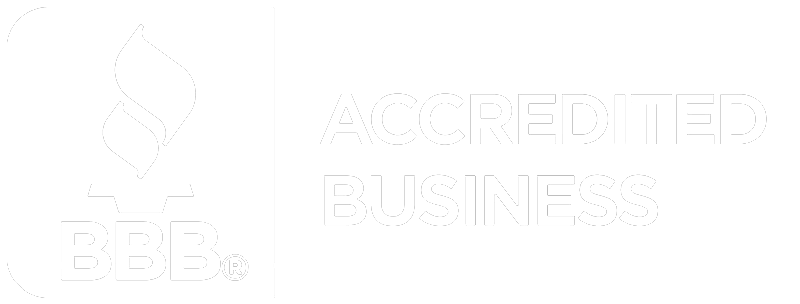VA Disability Ratings for Musculoskeletal Conditions: Your Medical Evidence Guide

Understanding Musculoskeletal Conditions Among Veterans The musculoskeletal system (your bones, joints, muscles, tendons, ligaments, and cartilage) forms the foundation of movement and physical capability. Veterans, especially those serving in physically demanding roles (such as infantry, airborne, artillery, or armor units), frequently develop musculoskeletal issues from repetitive stress, heavy load-bearing, training-related injuries, or direct trauma during […]
FY 2024 VA Benefits Report: Understanding Service-Connected Disabilities Across Eras

Understanding Service-Connected Disabilities: Key Insights from the FY 2024 VA Benefits Report The Department of Veterans Affairs (VA) annually releases its Benefits Report, providing invaluable data on the benefits provided to our nation’s veterans. The recently released “Veterans Benefits Administration, Annual Benefits Report, Fiscal Year 2024” offers crucial insights into the prevalence of service-connected disabilities […]
Korean War Veterans: 5 Most Common Conditions

Korean War Veterans: Common service-connected conditions For the brave men and women who answered the call to serve during the Korean War (June 25, 1950 – July 27, 1953), your dedication and sacrifice are deeply honored. Korean War service presented unique challenges – from extreme cold weather conditions that caused lasting physical damage to the […]
Gulf War Veterans: Top 5 Most Common Conditions

For the brave men and women who served during the Persian Gulf War (August 2, 1990 – February 28, 1991), your service and sacrifice are deeply valued. Gulf War service presented unique environmental exposures and stressors that have resulted in a range of health challenges for many veterans. Now, decades after your service, it remains […]
WWII Veterans Health: Documenting Top Service-Related Conditions

As of early 2025, an estimated 66,000 to 70,000 American World War II veterans are still alive, according to the U.S. Department of Veterans Affairs and The National WWII Museum. To the brave men and women who answered the call of duty during the Second World War (September 1, 1939 – September 2, 1945), your […]
Peacetime Era VA Benefits: Top 5 Service-Connected Disability Claims

To the dedicated men and women who served our nation during periods of peacetime, your commitment and contributions are deeply valued. While your service may not have involved direct combat deployments, the inherent demands and rigors of military duty can still lead to significant and lasting service-connected disabilities. It’s essential for Peacetime Era veterans to […]
Vietnam Veterans: Top 5 Conditions, Agent Orange & VA Benefits

Guide for Vietnam Era Veterans: Understanding and Navigating Your VA Benefits For the dedicated men and women who served during the Vietnam Era (February 28, 1961 to May 7, 1975 for those who served in Vietnam; August 5, 1964 to May 7, 1975 for all others), your commitment and sacrifices are deeply acknowledged. The Vietnam […]
VA Disability for Tinnitus: Understanding Your Benefits Journey

The Unseen Noise: Understanding Tinnitus and Your VA Benefits Journey For many veterans, military service leaves a lasting impression—one that extends beyond the visible. Among the most common yet frequently overlooked conditions faced by veterans is tinnitus—a persistent ringing, buzzing, clicking, or hissing sound in the ears that can affect concentration, sleep, and overall quality […]
Recognizing & Documenting the Impact of Your Service-Connected Condition

Your Pain Isn’t “Just Part of the Job” “In service, you learned to push through, ignore the pain, drive on. But what happens when the mission ends, and the pain doesn’t?” Military culture rewards resilience, but chronic pain, fatigue, or other persistent symptoms lingering after service aren’t a badge of honor—they’re often signs of underlying […]
Arthritis Secondary to VA Disability: How to Prove It with Medical Evidence

What Is a Secondary Service Connection—and Why It Matters Imagine this: you injured your right knee in the military and got it service-connected. Years later, your left hip starts hurting. This isn’t just aging—it might be arthritis that developed because you adjusted how you walk due to that knee injury. The Department of Veterans Affairs […]


